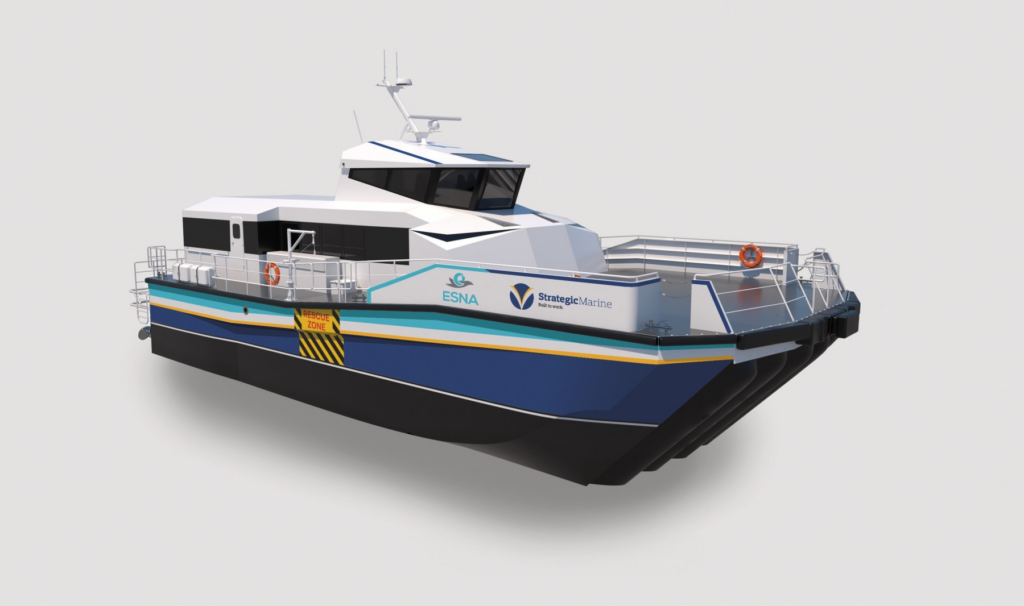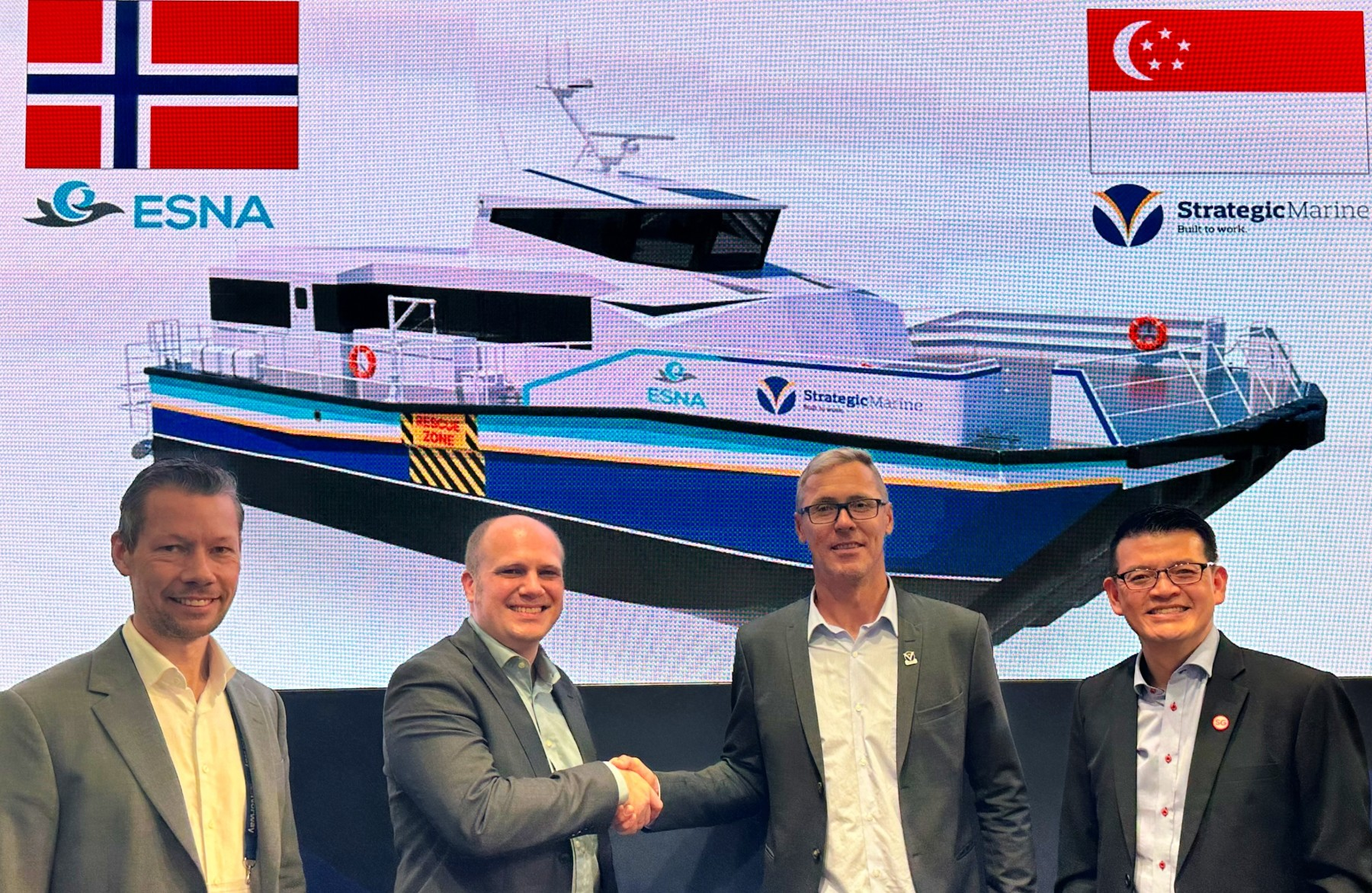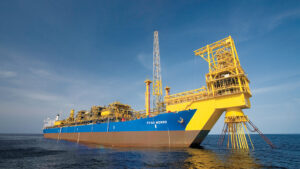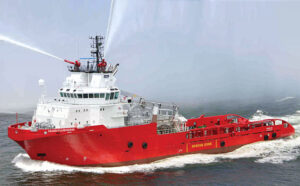
Norway’s ship designer surface effect ships specialist ESNA and Singapore-based shipbuilder Strategic Marine (SM) have signed an agreement to develop a surface effect ship crew transfer vessel (SES CTV) for offshore wind applications.
The plan is to start building the first offshore windfarm SES CTV during the fourth quarter of 2024.
The agreement is based on the parties’ working together with AIRCAT vessels for three SES crewboats for oil and gas, set for completion this year.
The aim of this deal is also a greater level of collaboration between the two parties for the promotion of SES technology for various markets, such as offshore wind, oil and gas and security and defence applications.
Strategic Marine has so far a long track record building CTVs for offshore wind with 36 vessels delivered since 2012.
ESNA, on the other hand, has worked for more than 40 years with the design, building, construction, and operation of SES.
The SES concept for crew transport offers advantages, as the high speed ensures a shorter transit time and more time for work.
The active SES motion damping system provides better seakeeping and higher passenger comfort than what is possible with conventional monohulls and catamarans.
It is also used at the wind turbines to allow turbine transfers in higher wave heights.
The low SES resistance offers fuel savings and reduced emissions in combination with the increased speed.
ESNA will be supplying the vessel design package and equipment package for the main SES systems.
The SES equipment package simplifies the complexity during construction by fully replacing hydraulic systems with modular electrical systems.



